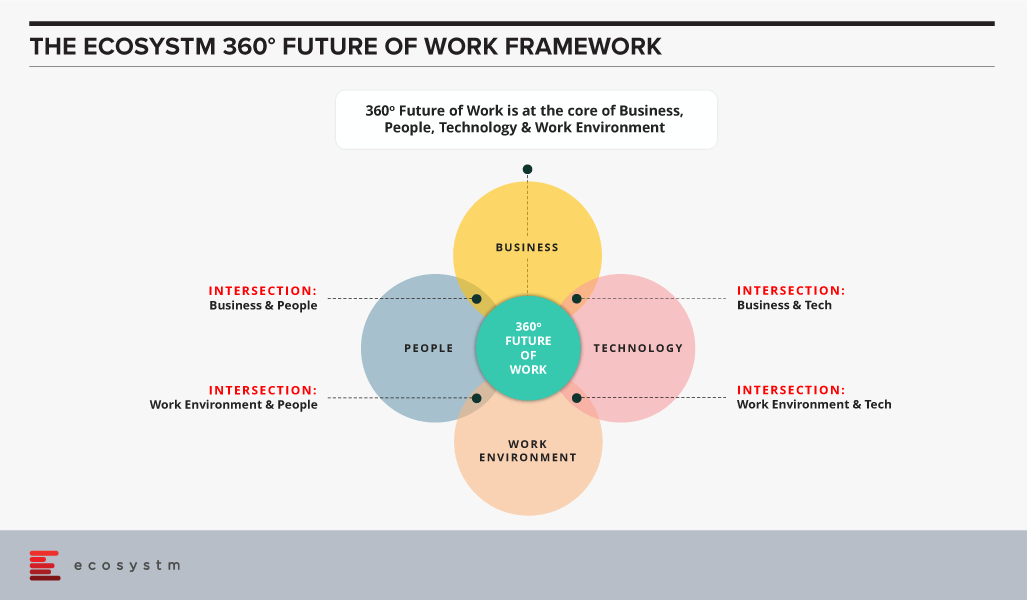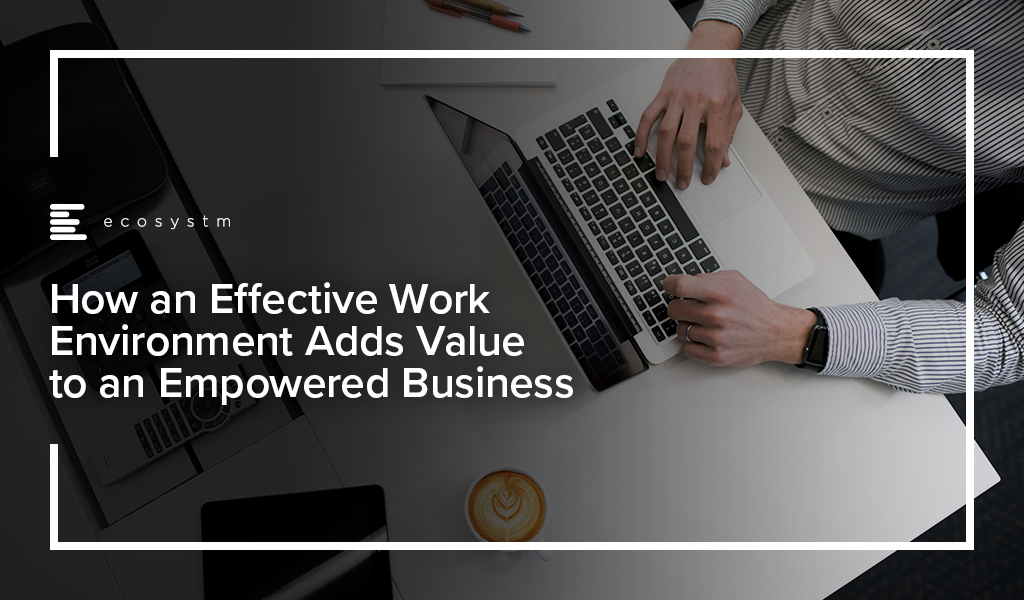In recent years, businesses have faced significant disruptions. Organisations are challenged on multiple fronts – such as the continuing supply chain disruptions; an ongoing energy crisis that has led to a strong focus on sustainability; economic uncertainty; skills shortage; and increased competition from digitally native businesses. The challenge today is to build intelligent, data-driven, and agile businesses that can respond to the many changes that lie ahead.
Leading organisations are evaluating ways to empower the entire business with data, machine learning, automation, and AI to build agile, innovative, and customer-focused businesses.
Here are 7 steps that will help you deliver business value with data and AI:
- Understand the problems that need solutions. Before an organisation sets out on its data, automation, and AI journey, it is important to evaluate what it wants to achieve. This requires an engagement with the Tech/Data Teams to discuss the challenges it is trying to resolve.
- Map out a data strategy framework. Perhaps the most important part of this strategy are the data governance principles – or a new automated governance to enforce policies and rules automatically and consistently across data on any cloud.
- Industrialise data management & AI technologies. The cumulation of many smart, data-driven initiatives will ultimately see the need for a unified enterprise approach to data management, AI, and automation.
- Recognise the skills gap – and start closing it today. There is a real skills gap when it comes to the ability to identify and solve data-centric issues. Many businesses today turn to technology and business consultants and system integrators to help them solve the skills challenge.
- Re-start the data journey with a pilot. Real-world pilots help generate data and insights to build a business case to scale capabilities.
- Automate the outcomes. Modern applications have made it easier to automate actions based on insights. APIs let systems integrate with each other, share data, and trigger processes; and RPA helps businesses automate across applications and platforms.
- Learn and improve. Intelligent automation tools and adaptive AI/machine learning solutions exist today. What organisations need to do is to apply the learnings for continuous improvements.
Find more insights below.
Download The Future of Business: 7 Steps to Delivering Business Value with Data & AI as a PDF

If you have been following my insights and blogs at Ecosystm, it won’t come as a surprise that I am a fan of foldable devices. I have owned the Z Fold3 for over a year now. In that year, I found myself reaching for my tablet less often as the larger screen on the Z Fold3 was enough for most of my needs. Most apps were resized appropriately and provided an improved user experience, and the upgraded OS with a MacOS style application bar made it even easier to switch between applications.
The larger screen of the foldable form factor boosted my productivity too – I could use multiple applications and respond to an email with the content’s source (PDF, Excel file, website, etc.) also open – meaning far less flicking between apps, which isn’t as easy on a smartphone compared to a laptop or a desktop computer. The computer style view for messages and emails (with the email list on the left and the actual email on the right) was brilliant. And I enjoyed using the external screen as a preview screen for taking selfies (I already have my work cut out in making selfies look good! So, being able to see the picture in advance helps a lot).
However, Fold3 had its imperfections. The slightly narrow front screen made typing difficult when the device was folded – I primarily used it to check the status of things (such as turning my coffee machine on/off, checking my solar production, etc.). The inside screen also had durability issues. After a year, Samsung installed screen protector was coming off, and then, the right inner screen gave up completely on me. That said, Samsung has been excellent at fixing these issues under warranty.
Samsung Galaxy Z Fold4 – Enhanced Features
With the launch of the new Z Fold4, I was keen to get my hands on a trial device, and the good people at Samsung and their PR agency arranged that for me. I have now spent two weeks with this device. Despite it being similar in size to the Z Fold3, the upgrades do make a real difference:
- The few extra mm of width on the front screen makes it much more usable – I can now use this screen for typing messages and entering data. I still prefer the larger screen for things such as consuming content and typing longer emails. But the outside screen is usable for more than just checking the status of systems or apps.
- The shorter height and the wider screen mean that the inside screen now feels more “expansive” – more of a tablet experience – and is getting closer to an iPad mini. This makes consuming and creating content easier and more enjoyable. As an avid tablet user, even with the Z Fold3, I would hesitate when going out, wondering if I needed to take my iPad with me. I noticed that I did not hesitate with the Z Fold4 – I was fine without my tablet.
- Typically, newer phones feature improved cameras. This is certainly the case with the Z Fold4 – the camera feels faster than the Fold3, taking lesser time to focus and take pictures. And the images too are sharper and richer.
- The screen warranty has also improved – perhaps in acknowledgement of the issues with the Z Fold3 screen. There are specials offering screen replacements for a low cost, even if you damage the screen, as well as discounts on Samsung Care+, which offers two replacement devices in 24 months.
The only comment I have is that it is the most slippery phone I have used so far! It didn’t come with a protective case and in two weeks, I have dropped this phone more times than I have dropped any other phone in the past few years! It has slipped off seats and desks as well as out of my pocket and hands. Although, it does claim to “stand up to life’s bumps and fumbles” and this has been accurate so far (as it does not even have a scratch on it yet – which is a surprise as it has hit wood, tiles, and concrete pretty hard!). But if I were keeping the device for any longer, I would immediately purchase a case!
Who Will Use It Most?
Whether this device is right for you depends on your device use patterns. I do believe there is a case for businesses to invest in foldables – particularly for employees who share content one on one with clients or prospects, or those who want to be more productive and be away from their desks without lugging a laptop. Anyone who is considering a flagship phone with a larger screen (iPhone Pro Max or Pixel 7 Pro) should take a look at the Samsung Galaxy Z Fold4. You will be pleasantly surprised with the quality and capability of this device. I know I will be sad to see it go when I hand it back to Samsung!

The 360o Future of Work practice takes into account the changing business environment, and what companies need to become an “Empowered Business”. It consists of four components: The Business, The People, The Technology, and The Work Environment.

Here we focus on the Work Environment, and its intersection with the three other components.
Work Environment: A Component of the 360o Future of Work
Companies and people have learned work can be performed in many types of environments, just as business is conducted in varying venues. Each space will have a different impact and outcome. The three primary commercial areas are: office, industrial and retail. While industrial and retail commercial areas will be addressed later, we talk here primarily of the office environment. The office environment is designed to enable both collaborative and individual work. It has historically been densely packed. Post COVID-19, this environment will probably be modified. For the past few years, an alternative to the office environment has been co-working – a shared work environment with other companies, in open plan arrangements. It provides a way for business to save capital by minimising the expense of fit out. The combination of using both office and co-working environment is what will begin to be called “the Blended Environment”.
The Work Environment and its Intersections
While the Work Environment is an important component of the Future of Work, it is a co-enabler with Technology to support the People and Business.

Work Environment – Intersection with the Business
The Business’s role is to provide Strategy and Direction. If done effectively it can take on unknown challenges. Examples of how the Business intersects with the Work Environment would be:
- Providing agility to the Business in preparing for any future crises. Some examples of how this can be done is by looking at how the space is controlled by the lease conditions, and how it is used by the occupants and the type.
- Aiding to minimise risk from excess space. An example would be space options for a lease. This will enable both spatial and financial flexibility for the company to expand or contract as needed.
Work Environment – Intersection with People
A critical component of the Empowered Business is its People – its workforce. For any company, the People are the key asset. They have to be able to grow and develop, in order to provide collaboration and idea creation. Examples of how the Work Environment can empower the People would be:
- The focus is on aligning the space with the employee’s task.
- The focus is on aligning where a person needs space to be effective, and the task the person needs to perform.
Work Environment – Intersection with Digital (Technology)
One of the important enablers of any Business, especially the Empowered Business, is its Digital Tools. They support the Business and its People, along with the Work Environment. They allow the Work Environment to be productive and effective. Examples of how Technology and the Work Environment intersect would be:
- This is where the two enablers (Digital Tools and Work Environment) work together to aid the employees and the business.
- This relates to how to manage the Business’s portfolio of space from a remote location.
These four components working together will enable an Empowered Business. The Work Environment as an enabler allows the Business to pivot, adapt, and thrive in the most challenging environment. It allows the Empowered Business to be better prepared to meet future crises head-on.
Schedule a time to speak with us on Future of Work
Ecosystm Principal Advisors; Tim Sheedy & Audrey William (Technology), Ravi Bhogaraju (People & Organisations), and Mike Zamora (Work Environment) provide a holistic view of what the Future of Work will look like.
We enable businesses to adapt, pivot and thrive in their ecosystem; provide holistic access to data and insight across People, Technology and Work Environment; help businesses transform and be better prepared for future disruption, and the ever-changing competitive environment and customer, employee or partner demands.
Contact us through the platform, or over email at info@ecosystm360.com

















